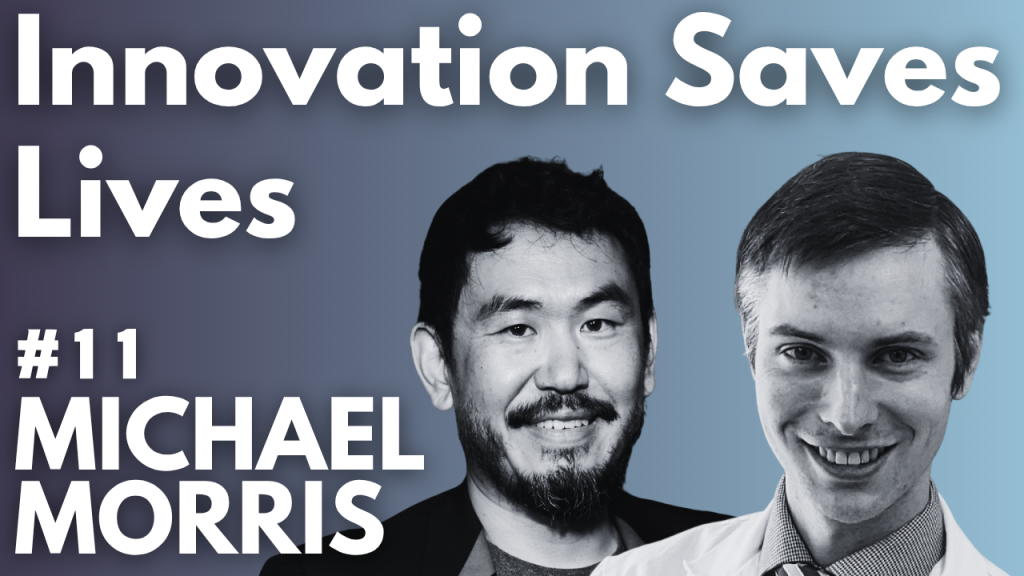In the rapidly evolving world of oncology, innovation often means the difference between extending life and transforming it entirely. At the forefront of that innovation stands Dr. Michael Morris, a board-certified Diagnostic Radiology, Nuclear Medicine, and Clinical Informatics physician, and a founding physician of United Theranostics. His mission is clear: to make advanced theranostics care, once confined to academic medical centers, accessible to patients in their own communities across the United States.
The Promise of Theranostics
Theranostics represents one of the most exciting frontiers in cancer medicine today. The term itself merges “therapeutic” and “diagnostic,” describing a dual-function approach that not only treats cancer but also visualizes and tracks how those treatments behave inside the body.
At its core, theranostics relies on radiopharmaceutical therapy, the use of targeted radioactive compounds that seek out cancer cells with extraordinary precision. Unlike chemotherapy, which affects both healthy and cancerous tissue, radiopharmaceuticals deliver energy directly to malignant cells while largely sparing normal organs.
Using molecular targets such as prostate-specific membrane antigen (PSMA) for prostate cancer or somatostatin receptors for neuroendocrine tumors, these treatments transport radioactive isotopes like Lutetium-177, Actinium-225, or Lead-212 directly to the tumor site. This precision enables clinicians to both treat and visualize the disease in real time through advanced imaging systems such as PET or SPECT CT scanners. By capturing even the smallest traces of emitted gamma photons, physicians can confirm that the treatment is reaching its intended destination, a revolutionary ability in oncology.
A New Chapter in Cancer Therapy
The clinical impact of this technology is already being felt. The FDA approvals of Lutathera (for neuroendocrine malignancies) in 2018 and Pluvicto (for prostate cancer) in recent years have helped bring theranostics into the mainstream. What began as a last-resort therapy is now moving earlier in cancer treatment paradigms, even preceding chemotherapy in some cases.
This shift, driven by studies such as PSMA-4 and PSMA Addition, has demonstrated that earlier use of radiopharmaceutical therapy can lead to better outcomes and fewer side effects. The field is echoing the same trajectory once seen with radioactive iodine therapy, the first theranostic approach successfully used to treat thyroid cancer more than half a century ago.
Expanding Access Beyond Academic Centers
While large institutions like the Mayo Clinic and Mass General have played pioneering roles in developing theranostics, most cancer patients in America receive treatment in community hospitals. Dr. Morris and his team recognized this gap and founded United Theranostics to bridge it.
Their model brings the highest level of specialized theranostic care directly to underserved regions, eliminating the need for patients to travel cross-country for cutting-edge treatments. Each United Theranostics center is equipped to perform multi-time point dosimetry, an advanced technique for quantifying how much radiation a patient’s tumors and healthy organs receive over time. This degree of precision allows for truly personalized treatment planning, something that even many large academic institutions struggle to deliver consistently.
The company currently operates multiple clinics and is rapidly expanding. With plans to open 50 centers across all 50 states within the next three to five years, United Theranostics aims to make world-class cancer treatment available to every community. Locations are strategically chosen in regions of unmet need, such as Las Cruces, New Mexico, an area historically underserved despite its proximity to major urban hubs.
Pioneering the Next Generation of Therapies
Beyond treating today’s approved indications, United Theranostics is actively involved in early-phase clinical trials that explore new radiopharmaceutical targets and isotopes. Some of the most promising research focuses on cancers historically difficult to treat, including small cell lung cancer, pancreatic cancer, melanoma, and colon cancer. Emerging targets such as DLL3, B7-H3, and Nectin are opening the door to therapies that could change the outlook for patients with aggressive or treatment-resistant tumors.
By combining clinical care with ongoing research, United Theranostics is helping to shape the future of precision oncology, ensuring that patients today have access not just to the latest treatments, but to those still in development.
Toward a Future Where Cancer Is a Chronic Disease
Dr. Morris envisions a future where cancer can be managed much like other chronic diseases — controlled through precise, combination therapies that work synergistically rather than sequentially. He sees radiopharmaceutical therapy as a critical part of this evolution, especially when used alongside immunotherapy and targeted chemotherapy.
The ultimate goal is not just to extend survival but to dramatically improve quality of life, allowing patients to live fully even with complex cancers. Through personalized dosimetry, advanced imaging, and continual refinement of targeted therapies, this vision is moving steadily closer to reality.
Raising Awareness and Empowering Patients
Despite the growing success of radiopharmaceutical therapy, public awareness remains limited. Dr. Morris emphasizes that one of the biggest barriers in theranostics today is simply ensuring that patients and their families know these options exist. By expanding education, access, and research, United Theranostics hopes to empower patients to make informed choices about their treatment journeys.
Want more Innovation Saves Lives? Check out the articles or head over to Apple Podcasts.














